It all began on December 24, 1979, the day the Soviet Union invaded the country.
Since that day, the major powers have used the country as a staging area and battlefield for their New Great Game.
Before that, Afghanistan had been relatively peaceful and was even able to attract some tourists.
The war lasted about nine years and two months and ended with the final withdrawal of Soviet troops on February 15, 1989.
Following the Soviet withdrawal, there was a civil war from 1989 to 1992.
Finally, in April 1992, the pro-Soviet government was defeated, Kabul fell to the Mujahideen, and the Islamic State of Afghanistan was established, with President Burhanuddin Rabbani as the head of state.
However, another civil war then broke out, which lasted from 1992 to 1996.
At first, the civil war pitted the forces of Gulbuddin Hekmatyar’s Hezb-e Islami against the new government’s forces.
Later, the Taliban arose and began fighting government forces.
The Taliban conquered Kabul and took over most of the country in 1996.
Yet another civil war then began, pitting the Northern Alliance against the Taliban, which lasted from 1996 to 2001.
In October 2001, the United States declared war on the Taliban for harboring Osama bin Laden, and the Northern Alliance recaptured Kabul in November 2001.
In December 2001, a new Afghan government, led by President Hamid Karzai, was established.
But the Taliban refused to surrender and have continued fighting to this day.
And this state of endless war has displaced millions of people in Afghanistan.
About 400 individuals were displaced each day from 2006 to 2010 -- totaling 730,000 -- mostly due to military operations by U.S./NATO forces, according to the Oslo-based Internal Displacement Monitoring Center (IDMC), an affiliate of the Norwegian Refugee Council.
The so-called surge in U.S./NATO troops and increased counterinsurgency operations in 2010 resulted in the displacement of about 85,000 people in the volatile south of the country alone. About 10,000 people were also displaced by anti-insurgent offensives in the north, the IDMC said.
“The U.S. and ISAF (NATO-led International Security Assistance Force) currently lack an understanding of internal displacement in the context of their operations,” Jacob Rothing, an IDMC country analyst, told IRIN News, adding that their own standard operating procedures to minimize civilian displacement were not developed and used by U.S./NATO forces in Afghanistan.
Furthermore, local militias, hired by the government and its U.S./NATO allies for counter-insurgency purposes, were extorting communities and grabbing land, resulting in further internal displacements, Rothing stated.
ISAF said it could not “agree or disagree” with the allegation that forces under its command were responsible for most of the civilian displacements in Afghanistan.
“We have not seen the means by which the causes of conflict-related displacements are assigned,” said John L. Dorrian, a NATO/ISAF spokesman in Kabul.
The Office of the United Nations High Commissioner for Refugees said it was not in a position to say which warring party was most to blame for most internal displacement.
“We can certainly say that people are mostly displaced by conflict -- all fighting parties have to be blamed,” said Nader Farhad, a UNHCR spokesman in Kabul.
Meanwhile, ISAF said that its counter-insurgency (COIN) campaign is focused on the protection of civilians.
“The clear principle that General David Petraeus (former commander of all U.S./NATO forces in Afghanistan) has conveyed to ISAF troops is that civilian casualties and collateral damage are detrimental to ISAF’s cause,” Dorrian told IRIN, adding that if troops operated contrary to the COIN principles, “tactical victories may prove to be strategic setbacks.”
The UN Assistance Mission in Afghanistan (UNAMA) reported in March that civilian casualties attributed to foreign forces dropped by 26 percent in 2010 compared to the previous year, but the number of noncombatants killed and wounded by armed opposition groups increased by 28 percent in the same period.
Over 2,770 Afghan civilians were killed in 2010, UNAMA said.
However, the Taliban rejected UNAMA’s report, calling it “biased”.
“While U.S. and ISAF forces made successful efforts in 2010 to minimize civilian casualties and loss of life, they have not made equivalent efforts to reduce the scale of forced internal displacement, despite its scale and the demonstrated impact of displacement on support for international forces,” said an IDMC report issued on April 11.
“Over one million people were displaced in 2002 after the Taliban regime was toppled by a U.S.-led military intervention,” the report added.
The Pashtun have been the biggest victims, and those who had been living in the north of the country left their homes in 2001 and 2002, the IDMC report stated.
The war drags on, but it is not clear when the suffering of the Afghan people will end or if anyone outside of the country even cares about their plight.
(July 21 Tehran Times Perspective Column)
AMR/HG
END
MNA

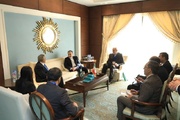
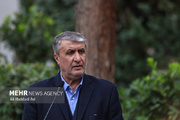

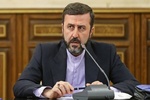
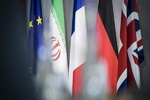
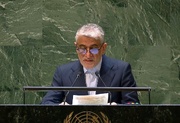
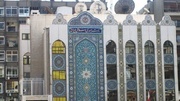
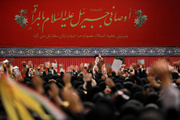
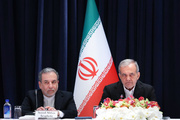
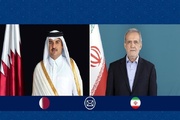
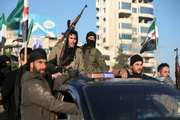
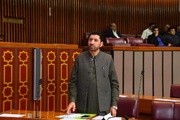
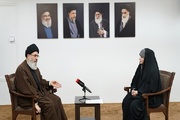
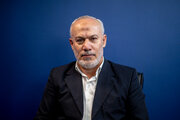
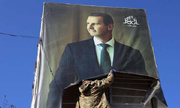
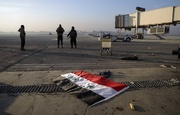

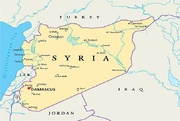
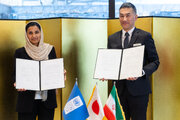
Your Comment